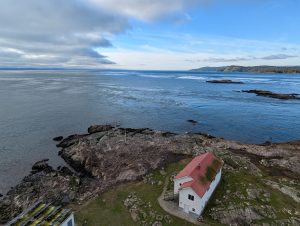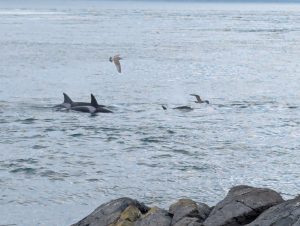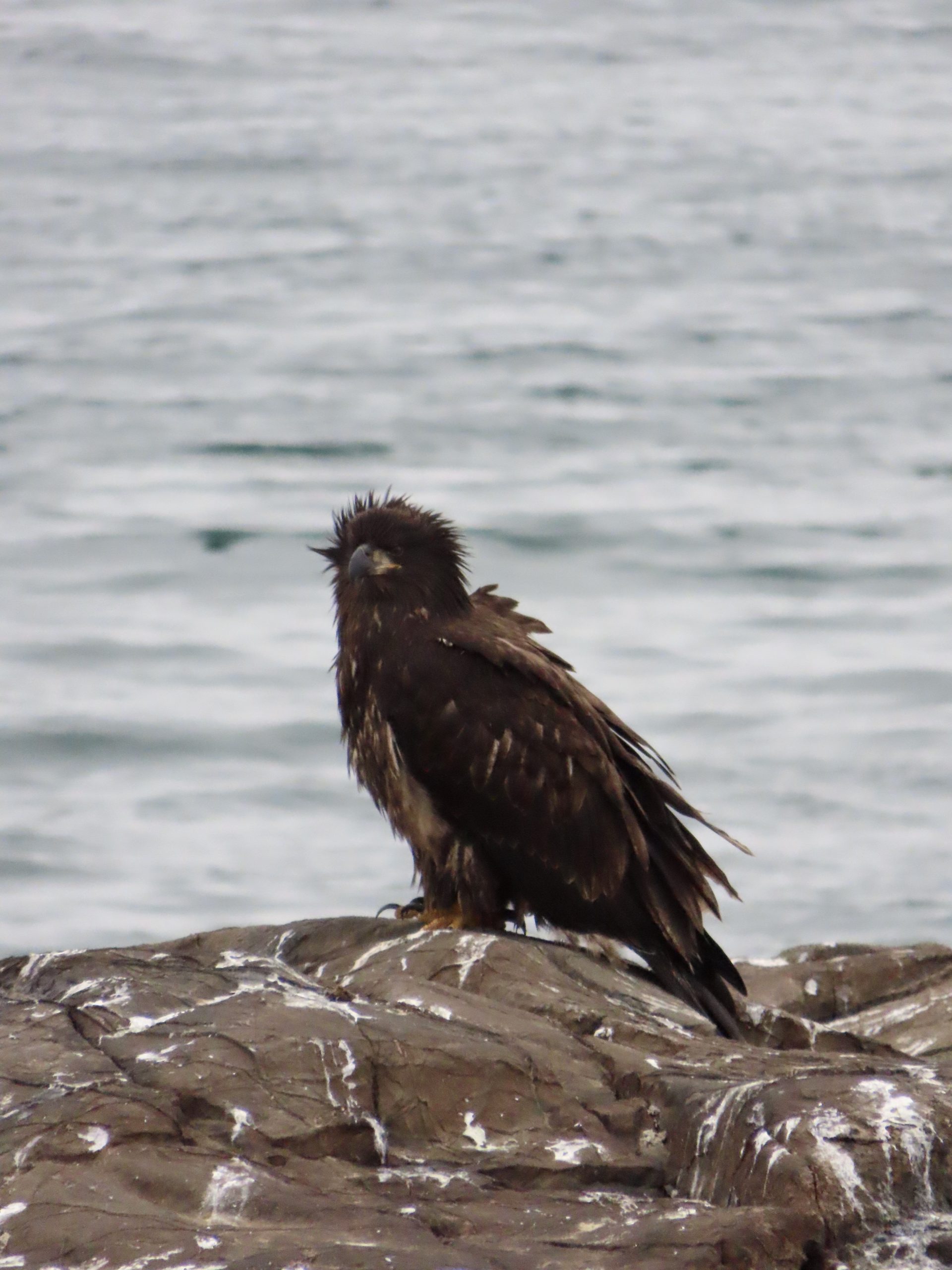I make maps for a living, so you better believe I was excited to find a sea lion with two telemetry tags pinned in its flipper-pits. I reached out to Kendra and our contacts at Oregon State and got an answer the next day!
California sea lion: branded X103
X103 is an animal they tagged (ODFW, WDFW, UCLA, and others) in Astoria, Oregon on August 29, 2024, as part of a research project looking at disease ecology and movements of California sea lions. More information about the project can be found here: at this link (X103 isn’t listed here yet but the 2023 cohort is)
For information on the whole research project: The Eastern Pacific Marine One Health Coalition https://marineonehealth.or




Maintenance:
Since talking with the Oregan taggers, I’ve been reaching out to our other animal reporting partners and getting updated emails and protocols. I’ll use this information to update in the SOP.






























